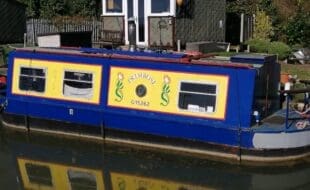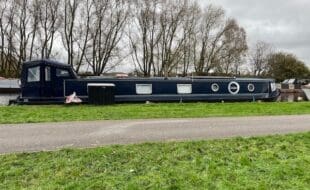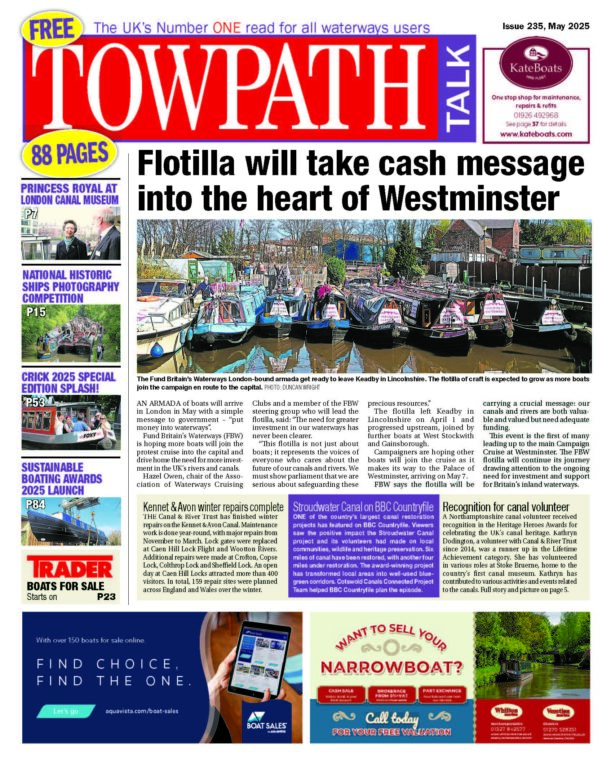It is estimated that road congestion will cost British business £18 million in 2025, the semi-stationary traffic further exacerbating pollution in urban areas.
Jonathan Mosse takes a look at freight development on the inland waterways.
IT WOULD be good to use the opportunity that a new year presents to distil signs of positive trends towards recognition of the environmental benefits that waterways freight transport presents. Only, to date, they’re not overwhelmingly evident!
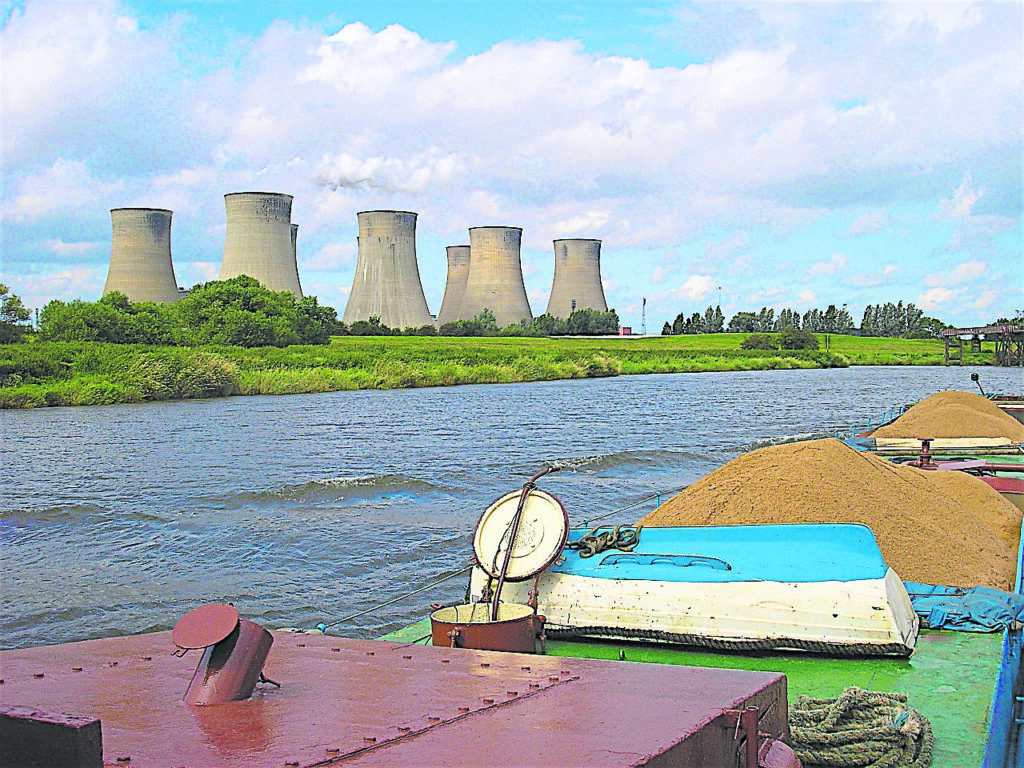
So how about a few new year resolutions focusing on ways to make transport greener, less energy intensive and more in harmony with a reduction of the impact of global warming?
Resolution 1: When multi-modal transport projects are mooted let them be truly multi and not solely restricted to road and rail, like the recent proposal to develop a site beside the Olympic Park in East London. Projected to embrace a road/rail link, it certainly has excellent links to both with suitable derelict land pretty much abutting a main railway line and a trunk road. Strangely, the site is also alongside the River Lea with its long history of waterway freight transport, a recognition completely lacking in the current proposal.
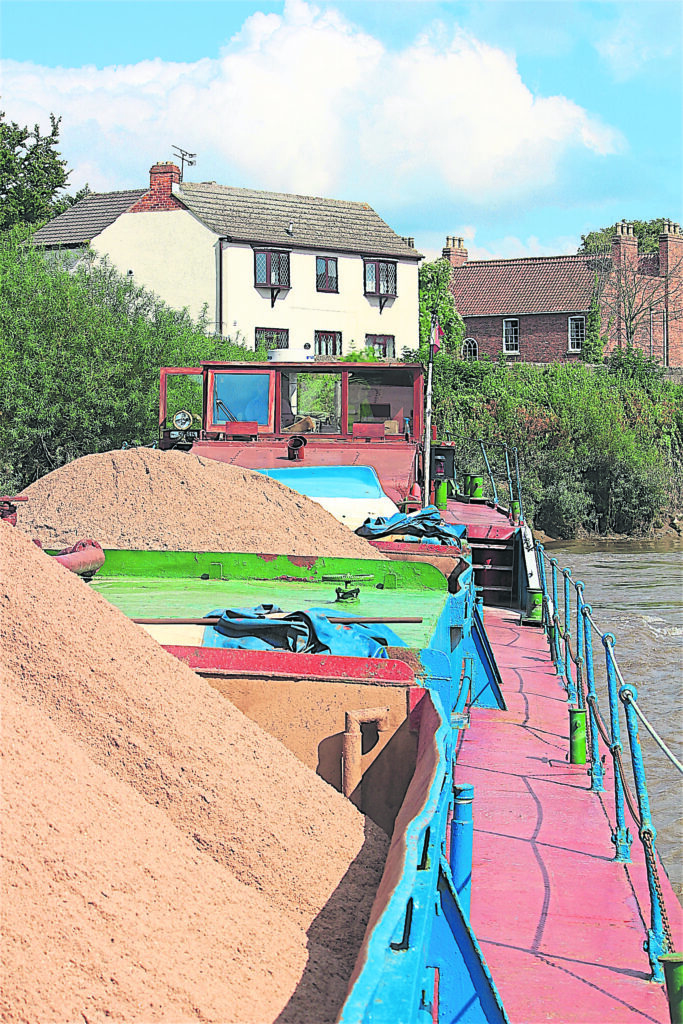
Resolution 2: It is encouraging to read that Scotland is making £4 million available in the coming financial year for Freight Facilities Grants (FFGs). In the past these grants have been a big help in funding the high capital costs of the likes of barges and wharfage. Unfortunately, these are no longer available in England whereby far and away the greatest proportion of some 5000 miles of inland waterways exist. Let FFGs again be offered in England alongside the existing Mode Shift Revenue Support scheme (in a simplified form in terms of its application) making it more accessible to the oft-times small companies that could most readily benefit from it.

Resolution 3: Issues with the cumbersome nature of planning requirements are not just limited to the expansion of the national housing stock; wharfage applications for loading and unloading waterways freight are also greatly and unnecessarily protracted. While, through a strange form of reverse synergy, long-established quays quickly and quietly enjoy change of use for the construction of domestic dwellings. Let planners develop a deeper understanding of the needs of inland waterways freight and its direct relationship with the reduction of greenhouse gas emissions.
Resolution 4: Carbon has long been recognised as the bogey man behind global warming… and emissions from all forms of transport are largely just that. Airplanes produce the most per tonne per mile carried and they place it as close to where it does the most damage as is humanely possible. Barges are at the opposite end of the scale. Let there be a universal recognition of this simple fact and a negative monetary value attached to it so that goods delivered by air attract a financial penalty of 20 to 30 times more than those delivered by barge: the comparative carbon footprint laid bare!

Resolution 5: Water transport is already recognised as using around just one-fifth of the fuel consumed by heavy goods vehicles (HGVs) to shift a given weight of goods and on non-tidal waterways it enjoys the same subsidies as HGVs on biodiesel. However, as soon as barges are operated on tidal rivers and estuaries, they are denied that right and end up paying at least one-third more for a fuel that is 90% carbon neutral and has a particulate emissions reduction of more than 80%. Many of these vessels are operating in densely populated areas such as on the tidal Thames in Central London. Let commercial waterways freight traffic enjoy a level playing field with HGVs and rail freight as far as the price of biofuel is concerned.
Resolution 6: The recent holiday period will have helped drive home the message that UK roads are congested, a rich source of contaminants like brake, tyre and clutch lining dust and are suffering from accelerating pothole damage. Accidents are not uncommon and carry a significant emotional and financial cost, especially fatalities. Let us remember that inland waterways are the one transport mode to offer spare capacity, while their traffic is not prone to generating contaminants and accidents are pretty much unheard of.
Resolution 7: It is estimated that road congestion will cost British business £18 million in 2025, the semi-stationary traffic further exacerbating pollution in urban areas. Let us promote the fact that one self-propelled 1500-ton barge removes 75 lorry loads from the UK roads and can often reduce storage costs along the way.
All very basic it would appear… yet apparently so forgettable along the way! Let us hope that these simple points don’t share the limited shelf-life of so many of our New Year resolutions!

